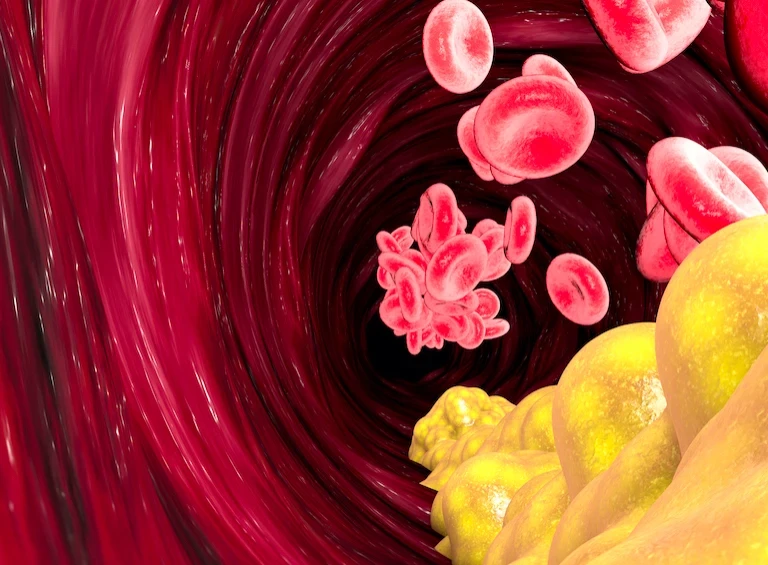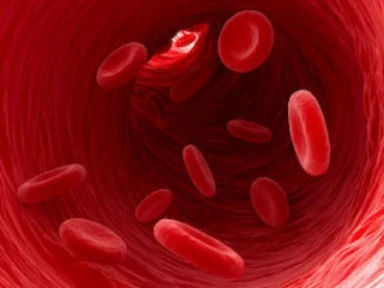{
event: "article_read",
name: `Long-term effectiveness and safety of statin therapy`,
author: ``,
tags: `Dyslipidemia | Cardiovascular`,
publication_date: ``,
interaction_type: "content"
}
Long-term effectiveness and safety of statin therapy
A retrospective real-world study of symptomatic patients with peripheral arterial occlusive disease after revascularisation
Main Takeaway
- Initiating statin therapy in symptomatic patients with peripheral arterial occlusive disease (PAOD) after index revascularisation was efficacious and safe
- The treatment benefits in this patient population included prolonged survival benefits, lower risk of major amputation, and lower risk of cardiovascular events
Why This Matters
- Statin therapy has been underutilised in this therapeutic landscape and there is a need to increase awareness for the secondary prevention of PAOD
- This real-world study utilising health insurance claims data supports the use of statin therapy in patients with PAOD
Study Design
- Retrospective study: utilising health insurance claims data from BARMER (Germany’s second-largest insurance fund) is part of a larger project on outcomes of patients with PAOD after revascularisation (2008–2018)
- 22,208 symptomatic patients with PAOD (mean age = 71.1 years; women = 50.3%) were included in the study
- A comparison was made between patients with and without statin therapy in addition to antithrombotics during the first quarter after discharge (new users versus nonusers)
- All analyses were stratified into patients with chronic limb‐threatening ischemia (CLTI) and intermittent claudication (IC)
- Propensity score matching: n = 10,922 (CLTI: n = 4,224; IC: n = 6,698)
- Key inclusion criteria: statin-naive patients without statin utilisation for ≥3 years before index stay; patients with ≥1 prescription for an antithrombotic agent during the first quarter after discharge
- Key exclusion criteria: patients aged <40 years; patients with prior major amputation or recorded myopathy; patients discharged without revascularisation and death; patients with major amputation; and patients with cardiovascular events during the first quarter after discharge
- Primary outcome: all-cause mortality during follow-up
- Secondary outcomes: incident major amputation and cardiovascular events (myocardial infarction, stroke, or transient ischemic attack)
- Safety outcomes: incident diabetes mellitus and incident myopathy
Key Results
- Long-term effectiveness outcomes in the matched sample:
- New users had a significant 5% lower probability for all-cause mortality versus the nonusers
- CLTI: HR: 0.75; 95% CI, 0.68–0.84
- IC: HR: 0.80; 95% CI, 0.70–0.92
- Statin initiation was associated with:
- 7% lower risk of major amputation in CLTI group (HR, 0.73; 95% CI, 0.58–0.93)
- A lower risk for cardiovascular events in IC group (HR, 0.80; 95% CI, 0.70–0.92)
- 8.8% lower probability of dying in the CLTI group (37.3% versus 46.1%)
- 3.4% lower probability of dying in the IC group (15.5% versus 18.9%)
- New users had a significant 5% lower probability for all-cause mortality versus the nonusers
Long-term safety outcomes in the reduced matched study sample: No significant differences were detected in the probability for incident diabetes mellitus (in the reduced sample) or myopathy between the study groups
Limitations
- This is a hypothesis generating study (not a hypothesis testing study)
- Propensity-score matching could not fully exclude all potential sources of bias
- The study included only patients insured at a single health insurance fund
- The study did not address all contraindications, statin intolerance, or other adverse reactions
- The inexistent association of statin use and diabetes mellitus or myopathy risk in the study sample maybe due to insufficient differentiation by statin type
- Peters F, Kuchenbecker J, Kreutzburg T, Marschall U, Debus ES, Behrendt CA. Long-term effectiveness and safety of initiating statin therapy after index revascularization in patients with peripheral arterial occlusive disease. J Am Heart Assoc. 2020;9(22):e018338. doi: 10.1161/JAHA.120.018338.
Related articles
MAT-QA-2100066/V1/OCT2021




